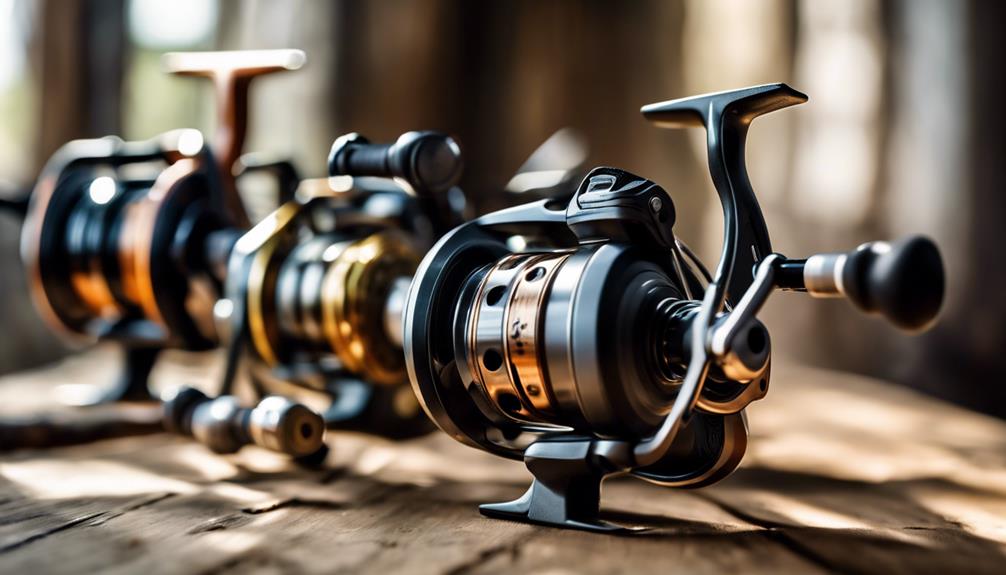Fishing is a beloved pastime for many, offering relaxation, adventure, and the opportunity to connect with nature. However, before you cast your line, it’s crucial to understand one important detail: how much does a fishing license cost? This guide will delve into the various factors influencing fishing license prices, the types of licenses available, and how to navigate the process of obtaining one.
Understanding Fishing License Costs by State
The cost of a fishing license varies significantly depending on the state you reside in. Each state regulates its fishing activities, which includes setting fees for licenses. On average, you can expect to pay anywhere from $15 to $50 for a basic fishing license. For instance, states like Texas may charge around $30 for a resident fishing license, while California might require a fee of about $50. It’s always advisable to check your local wildlife agency’s website for the most accurate and current pricing, as these fees can change annually.
Types of Fishing Licenses and Their Costs
When considering how much does a fishing license cost, it’s essential to recognize that there are different types of licenses available. Most states offer various options, including annual, daily, and lifetime fishing licenses.
1. Annual Licenses: These are the most common and are valid for a full year from the date of purchase. Prices typically range from $15 to $50.
2. Daily Licenses: For those who fish occasionally, daily licenses are a great alternative. These usually cost between $5 and $15, allowing you to fish without committing to an annual license.
3. Lifetime Licenses: Some states provide lifetime licenses for residents, which can be a cost-effective solution for avid anglers. These licenses can range from $200 to $1,000, depending on the state and the age of the applicant.
Discounts and Special Licenses Available
In addition to standard fishing licenses, many states offer discounts for certain groups, which can significantly affect how much does a fishing license cost. For example, seniors, veterans, and disabled individuals may qualify for reduced fees or even free licenses. Furthermore, many states have special licenses for children, often costing only a few dollars or being entirely free. Always check the regulations in your state to take advantage of these potential savings.
Online vs. In-Person Purchase: Cost Considerations
When purchasing a fishing license, you can choose between online or in-person transactions. Online purchases are typically more convenient and may offer a slight discount. However, some states may charge a processing fee for online transactions, which could influence how much does a fishing license cost overall. In-person purchases might not have these fees, but you may need to travel to a designated location. Weighing the convenience against any potential costs is essential for getting the best deal.
Understanding Fishing License Regulations
Besides the costs, understanding the regulations associated with fishing licenses is critical. Each state has specific rules regarding fishing seasons, bag limits, and the types of equipment allowed. Violating these regulations can result in hefty fines, which can far exceed the cost of purchasing a fishing license. Ensure you are familiar with your state’s regulations and always carry your license while fishing to avoid penalties.
The Importance of Supporting Conservation Efforts
Purchasing a fishing license isn’t just about legality; it’s also an investment in the environment. Many states allocate a portion of fishing license fees to conservation efforts, such as habitat restoration and fish stocking programs. By understanding how much does a fishing license cost, you also gain insight into how your money contributes to maintaining healthy aquatic ecosystems. Supporting these initiatives ensures that future generations can enjoy the same fishing experiences we do today.
Getting Your Fishing License: A Step-by-Step Guide
Acquiring your fishing license can be a straightforward process. Here’s a simple guide to help you through it:
1. Visit Your State’s Wildlife Agency Website: Begin by finding the official wildlife agency website for your state. This site will provide essential information on fishing licenses, costs, and regulations.
2. Select the Right License: Determine which type of fishing license you need based on your fishing habits—annual, daily, or lifetime.
3. Complete the Application: Whether online or in person, fill out the necessary application form. Be prepared to provide personal information, including your name, address, and identification.
4. Make the Payment: Pay the required fee using the accepted payment methods. If applying online, ensure you check for any additional processing fees.
5. Receive Your License: After payment, you will receive your fishing license. If purchased online, it may be emailed to you, or you may need to print it out. Ensure you keep it on you while fishing.
Conclusion: The True Value of Your Fishing License
In conclusion, understanding how much does a fishing license cost encompasses more than just the monetary aspect. It involves recognizing the different types of licenses available, the regulations you must adhere to, and the broader impact of your purchase on conservation efforts. By obtaining a fishing license, you not only comply with the law but also contribute to preserving the natural waterways we cherish. So whether you’re a seasoned angler or a novice, make sure you’re prepared with the correct fishing license before your next adventure on the water. Happy fishing!
